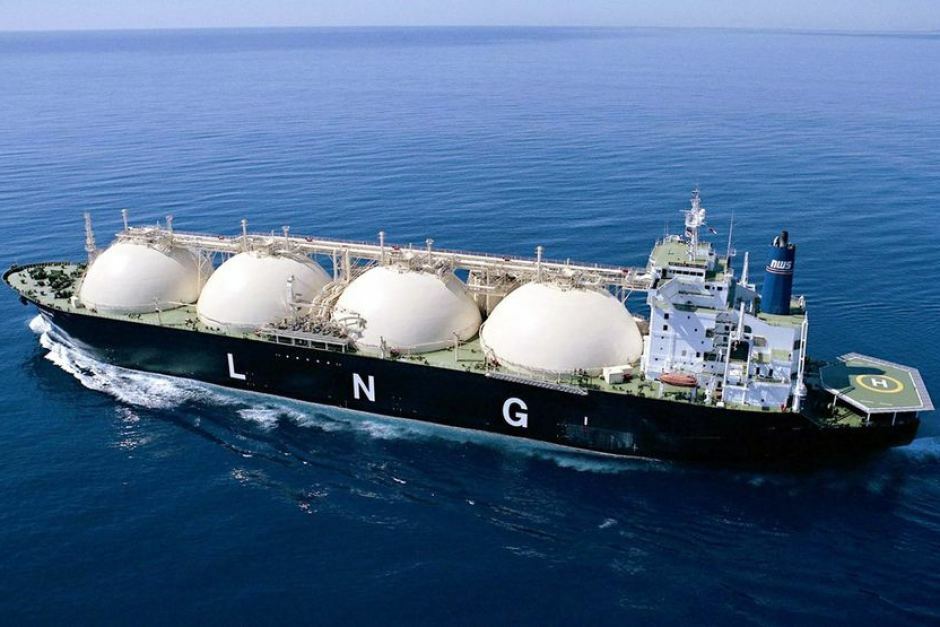
Russia sends more LNG to Europe than Asia in March
Russian LNG exports rose by 4.3% YoY to 8.7 million tons in January-March. However, March saw a 1% decline to 2.86 million tons. Russian suppliers were unable to increase supplies to the Asian market, where a significant increase in imports was observed in March due to lower world gas prices. Analysts believe this is due to the lack of free spot shipments.
Russian LNG exports in Q1 2024 totalled 8.7 million tons, a 4.3% increase from the same period last year, according to Kpler data. In March, 2.86 million tons of LNG were exported, a 1% decrease from the previous year.
Of the total volume in Q1, 3.16 million tons of LNG were shipped to Asia, a 7% decrease from the previous year, while 4.99 million tons were sent to EU countries, a 4% increase from the previous year. An additional 0.55 million tons were not nominated. However, in March, the number of shipments sent to Asia may tentatively decrease by 30% year-on-year to 0.86 million tons. Meanwhile, shipments to Europe may increase by 3% to 1.55 million tons, with an additional 0.47 million tons nominated.
The main buyers in January-March remained the same: France (1.6 million tons), Spain (1 million tons), and Belgium (1.6 million tons) in the EU, and Japan (1.67 million tons) and China (0.78 million tons) in Asia.
In Q1, shipments from NOVATEK's Yamal LNG project increased by 6.6% YoY to 5.4 million tons. In March, the plant exported 1.83 million tons of LNG, a 5.8% increase from the previous year.
Meanwhile, Gazprom's Sakhalin-2 site exported 2.63 million tons of LNG in Q1, consistent with last year's figures. However, in March, shipments decreased by 6.7% YoY to 0.83 million tons.
In the first quarter, exports from NOVATEK's Cryogas-Vysotsk increased by 27%, reaching 0.22 million tons of LNG. During the same period, Gazprom's Port LNG shipped 2% less than the previous year, amounting to 0.43 million tons.
However, Russian suppliers did not benefit from the rapid growth in imports in Asia in March, where lower gas prices led to increased demand.
According to Bloomberg, LNG supplies to Asia increased by 12% in March, reaching 24 million tons. According to Kpler statistics, China's LNG imports increased by 21.5% compared to the previous year, while India's increased by 24%, Japan's by 8%, and Thailand's by 22%.
In March, Sakhalin-2 increased LNG supplies to Japan by 28% to 0.57 million tons, but reduced supplies to South Korea by 60% and China by 25% compared to the previous year. Russian LNG was not supplied to India and Thailand. Yamal LNG also did not show significant changes in its supply to the Asian market.
According to Victor Katona from Kpler, the majority of Yamal LNG gas remains in Europe due to the limited number of free spot shipments. In contrast, at Sakhalin-2, the gas is distributed among Japan, South Korea, and China. In March, Australia had the highest exports to Asia in history, likely due to their spot flexibility, and Nigerian LNG also entered this market.
Following a decrease in the supply of Russian pipeline gas to the EU, the continent had to replace these volumes with LNG and construct new regasification terminals.
Therefore, in 2024, more floating terminals will be introduced in Germany, and a new FSRU has started operating in Alexandroupolis, Greece.
Last year, the EU imported approximately 45.6 million tonnes of LNG from the US, although Russia remains one of Europe's primary LNG suppliers. However, both EU and US authorities are exerting pressure on Russian LNG. In particular, US sanctions are preventing shipments from the first line of the recently constructed Arctic LNG-2 project by NOVATEK.
